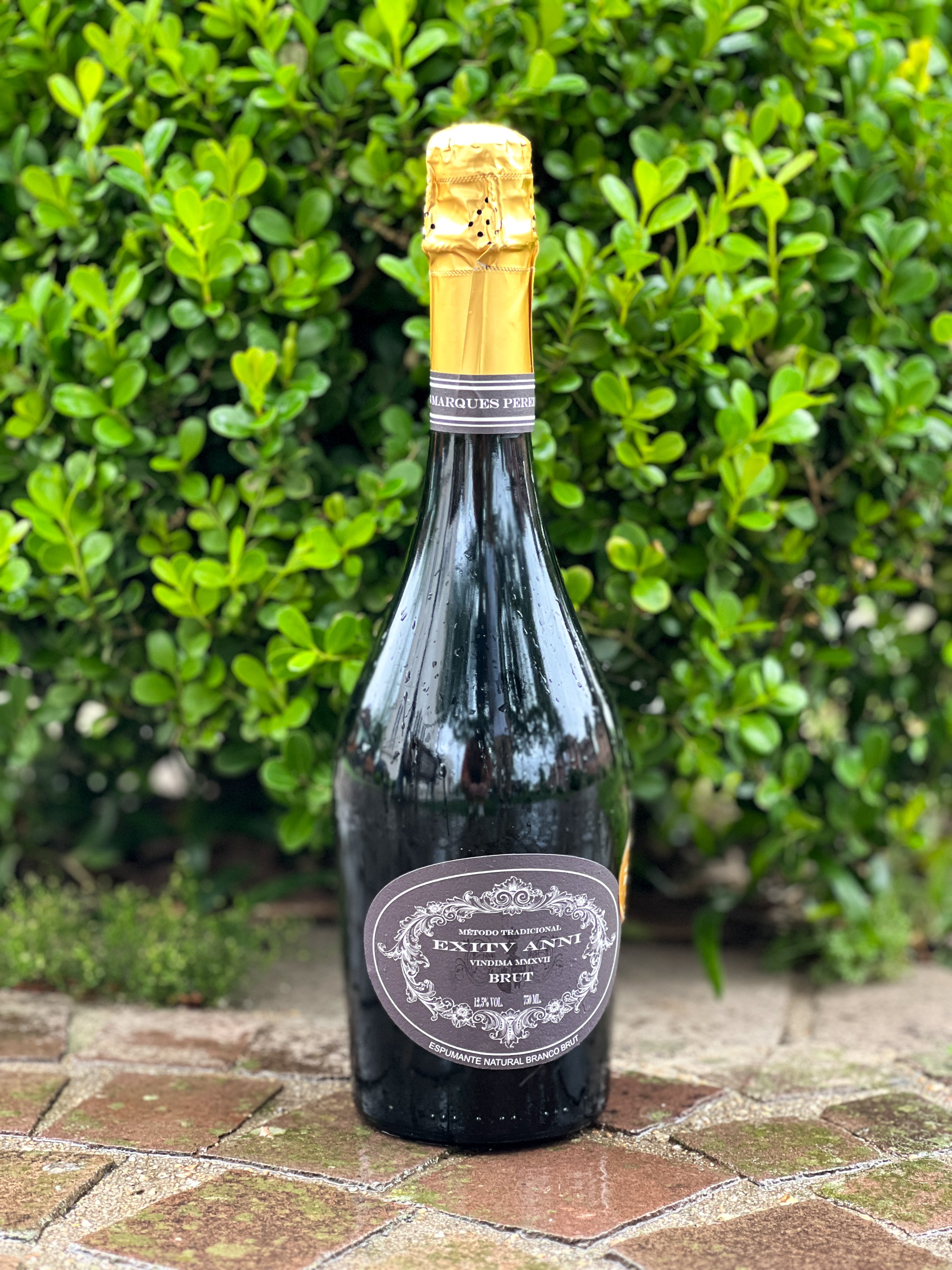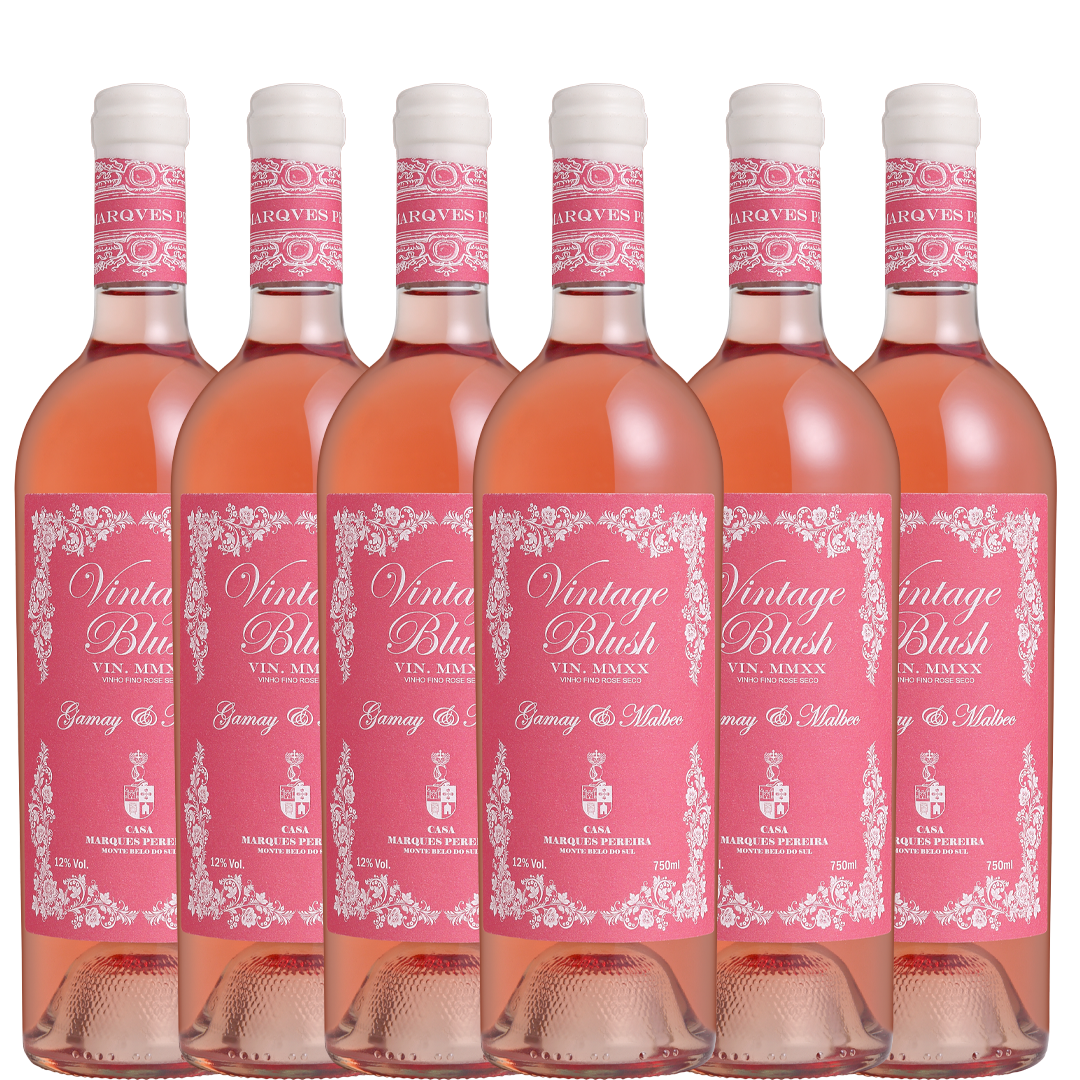The Color of Wine: Where does it come from and what does it represent?
The color of wine can offer very interesting clues about its characteristics and even about the secrets of its production within the winery. How can even the most subtle differences in hue help in this interpretation?
Where Does Wine Get Its Color?
The color of the wine may not be your main concern while enjoying a glass from your favorite bottle, but the vibrant hues of the precious liquid certainly make a first impression and have a lot to say about what's to come.
Whatever the wine in question, it all begins in the vineyard, with the grape itself and one of its components, anthocyanins. This pigment is present in various fruits (and even some flowers), functioning as a survival mechanism. Grapes, for example, only begin to turn reddish when their seeds are ripe, attracting birds and other animals that will consume, digest, and spread these seeds—the genes of the vines—over a much wider territory than the plant itself could ever reach. This survival mechanism ensured the spread of the grape until it was domesticated by humans.
With some exceptions, anthocyanins are found almost exclusively in the skin of the grape, and it is there that the differences in intensity and color between each variety originate. When you have the opportunity, open the berry of any grape, even the darkest ones, and notice how its pulp is almost colorless.
What Defines the Color of Grapes?
Structurally, anthocyanins are compounds similar to tannins , and at least twenty different types can be found in wine grapes. The pigment can express itself in several different shades, depending on its type and the pH of the medium in which it is found: the lower the pH, the closer the color is to red in the visible light spectrum; the higher the pH, the closer it is to blue.
In addition to these specific characteristics of each anthocyanin, the thickness of the grape skin will directly affect the intensity of the color; that is, the thicker the skin, the more of this pigment the variety will accumulate during ripening. Besides the grape variety and the type of soil where the vineyard is located, the weather conditions at each harvest will influence the final result. In very hot summers, for example, the grape develops faster, leaving the skin slightly thinner.
How does this affect the wine?
We know that vineyard work is fundamental to achieving the desired color results for each variety. But it is in the winery, during the winemaking process, that the final result is determined. The red pigment from the skins is extracted by crushing the grapes (pressing) since anthocyanins are soluble in the must at controlled temperatures before alcoholic fermentation begins. This resting period for extracting the compounds from the skins is called maceration, and its duration (in addition to fermentation) will affect the intensity of the wine's color at the end of the process. This stage also makes it possible to produce some rosé wines, where the contact time between the skins of red grapes and the grape juice is very short, and the skins are removed before fermentation, resulting in a color ranging from pink to salmon.
To put it simply, these color pigments are very important because they have the ability to combine with other molecules, such as tannins, keeping both "stable" within the wine. This stability ensures the wine's longevity and gives the tannins a smoother taste. For these reasons, the balance and control in the extraction of color and tannins is so important in grape care and winemaking.
And what about white wine?
Well, as we discussed at the beginning of our conversation, the red color of grapes was an evolutionary response for survival, while white grapes rarely occur in nature, being the result of a mutation. The lack of color, and consequently the ability to attract wildlife to disperse their genes, makes white varieties so valuable to humans for their modern existence.
White grapes, such as Chardonnay, also contain anthocyanins, but in quantities thousands of times smaller than in red grapes, and their color only appears with natural aging, where translucent tones transition to golden and even amber hues with natural oxidation. This characteristic makes white wines with aging potential much rarer than their red counterparts.
Now that you know a little more about the origin of wine colors, you'll surely take a few extra seconds to admire the vibrant hues dancing in the served glass. Remember to take notes, because in our next conversation, we'll talk about the color palette we can find and what each shade suggests about the wine.















